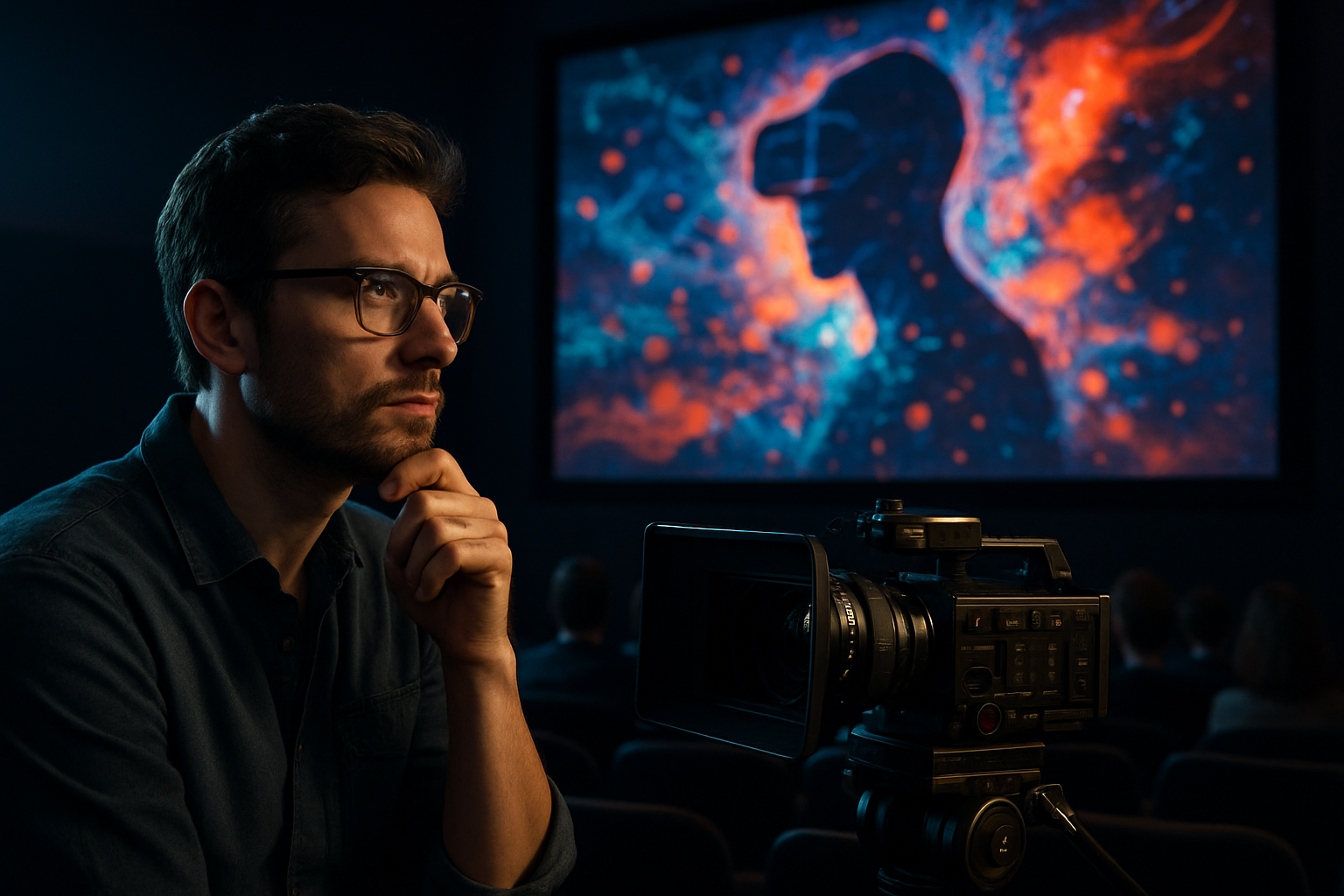The Cinematic Renaissance of Puppet Animation
In an era dominated by CGI blockbusters and hyperrealistic visual effects, a surprising contender has emerged in the world of filmmaking: puppet animation. This age-old technique, once relegated to children's television and niche art films, is experiencing a remarkable resurgence in mainstream cinema. As audiences increasingly crave authentic, tangible storytelling experiences, puppet animation offers a unique blend of nostalgia, craftsmanship, and visual wonder that resonates with both critics and viewers alike.

The process begins with the creation of highly detailed puppets, often made from malleable materials like silicone or foam latex over wire armatures. These puppets are then placed in meticulously crafted miniature sets, where animators move them in tiny increments, capturing each movement with a camera. When played back at normal speed, these individual frames create the illusion of fluid motion.
A New Wave of Puppet Animated Features
While puppet animation has always had its devotees, recent years have seen a surge in high-profile puppet animated features that have captured the imagination of audiences worldwide. Studios like Laika, with their critically acclaimed films Coraline, ParaNorman, and Kubo and the Two Strings, have pushed the boundaries of what’s possible with puppet animation, combining traditional techniques with cutting-edge technology.
These films have not only garnered critical acclaim but have also performed well at the box office, proving that there’s a substantial market for this unique form of storytelling. The tactile nature of puppet animation, where every frame represents hours of painstaking work, creates a sense of intimacy and craftsmanship that resonates with viewers in an increasingly digital world.
The Intersection of Technology and Tradition
One of the most exciting aspects of the puppet animation renaissance is the way filmmakers are blending traditional techniques with modern technology. While the core of puppet animation remains rooted in physical manipulation, advancements in 3D printing, motion control cameras, and digital compositing have opened up new possibilities for the medium.
For example, facial expressions that were once limited by the physical constraints of puppet construction can now be enhanced or entirely replaced using CGI, allowing for more nuanced performances. Similarly, complex scenes that would have been nearly impossible to achieve practically can now be realized through a combination of puppet animation and digital effects.
This hybrid approach allows filmmakers to maintain the charm and tangibility of puppet animation while expanding its storytelling possibilities, creating a unique aesthetic that bridges the gap between the handmade and the high-tech.
The Appeal of Tactile Storytelling
In an age where most blockbuster films rely heavily on computer-generated imagery, puppet animation offers a refreshing alternative that emphasizes physicality and craftsmanship. There’s something inherently appealing about knowing that what you’re seeing on screen exists in the real world, even if it’s at a miniature scale.
This tactile quality extends beyond just the visual aspect of the films. The knowledge that each frame represents hours of meticulous work by skilled artisans adds a layer of appreciation for the craft itself. Viewers often find themselves marveling not just at the story being told, but at the sheer artistry and patience required to bring these worlds to life.
Challenges and Future Prospects
Despite its recent successes, puppet animation still faces significant challenges in the modern film industry. The time-intensive nature of the process makes it more expensive and slower to produce than traditional 2D or CGI animation. Additionally, there’s a limited pool of skilled puppet animators, as the technique requires a unique blend of sculpture, performance, and timing.
However, the passionate community of puppet animation enthusiasts and the growing audience appreciation for the medium suggest a bright future. As more filmmakers and studios recognize the unique storytelling potential of puppet animation, we’re likely to see continued innovation and expansion in the field.
The rise of streaming platforms has also opened up new avenues for puppet animated content, with series and short films finding homes on services that are willing to take risks on unconventional projects. This increased exposure is helping to cultivate a new generation of puppet animation fans and potentially inspiring future artists to explore the medium.
In conclusion, the cinematic renaissance of puppet animation represents a fascinating convergence of traditional craftsmanship and modern storytelling. As audiences continue to seek out authentic, visually striking experiences, puppet animation stands poised to play an increasingly significant role in the landscape of contemporary cinema. Its ability to create worlds that are at once fantastical and tangibly real offers a unique form of movie magic that continues to captivate viewers of all ages.





